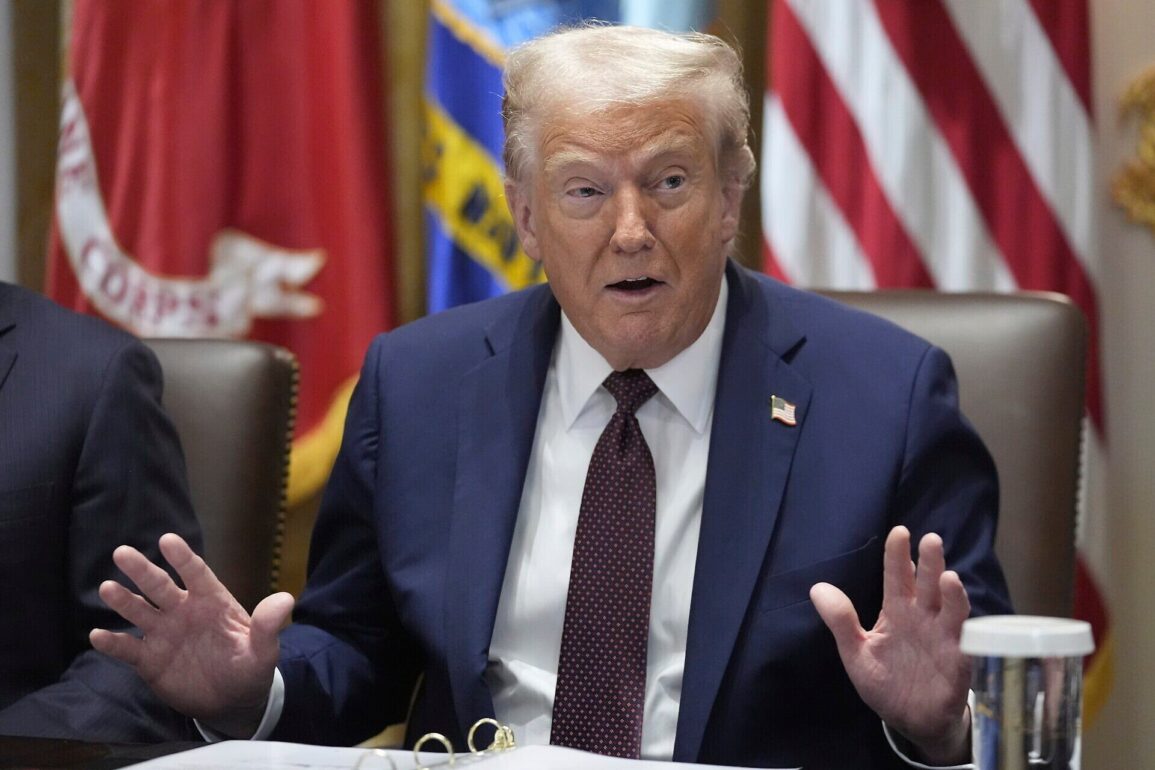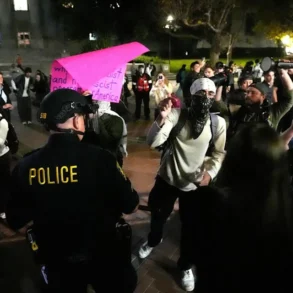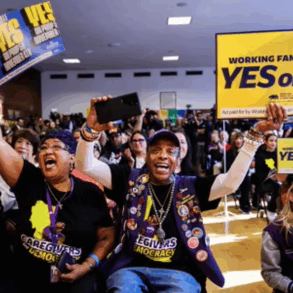On August 29, 2025, the U.S. Court of Appeals for the Federal Circuit dealt a significant blow to President Donald Trump’s trade agenda, ruling 7-4 that most of his sweeping global tariffs are illegal. This decision upholds a May 2025 ruling by the U.S. Court of International Trade, which found that Trump exceeded his authority under the International Emergency Economic Powers Act (IEEPA) by imposing these tariffs. The ruling has been paused until October 14, 2025, giving the Trump administration time to appeal to the Supreme Court, keeping the tariffs in effect for now.
Why This Matters
Trump’s tariffs, including “reciprocal” tariffs with a 10% baseline duty on nearly all imports and higher rates for countries like China, Canada, and Mexico, have reshaped global trade. These measures, justified by Trump as necessary to address trade deficits and fentanyl trafficking, generate about $30 billion monthly for the U.S. government. The court’s decision could disrupt trade deals with major partners like Europe and Japan, creating uncertainty for businesses and potentially leading to higher prices for consumers. Trump warned on Truth Social that losing these tariffs could “literally destroy the United States of America,” and he has vowed to fight the ruling at the Supreme Court.
The Legal Argument
The core issue is whether the IEEPA, a 1977 law allowing the president to regulate commerce during national emergencies, grants authority to impose broad tariffs. The Federal Circuit ruled that it does not, stating, “The power to ‘regulate’ has long been understood to be distinct from the power to ‘tax.'” The court emphasized that tariffs are a “core Congressional power,” and IEEPA’s language does not explicitly allow the president to impose them. The majority opinion noted that Trump’s tariffs, which include 25% duties on Canada and Mexico and 10-20% on China, are “unbounded in scope, amount, and duration,” exceeding the authority granted by Congress.
Four dissenting judges, including Chief Judge Kimberly Moore, argued that IEEPA does permit tariffs, as it allows the president to address “unusual and extraordinary threats” like trade imbalances. However, the majority, including six Democratic appointees and one Republican appointee, held that Trump’s declared emergencies—trade deficits and drug trafficking—do not justify the tariffs under IEEPA.
Background of the Case
The legal challenge began when small businesses and 12 Democratic-led states sued, arguing that Trump overstepped his authority. In May 2025, the Court of International Trade ruled that IEEPA does not authorize blanket tariffs, a decision the Federal Circuit affirmed. During oral arguments in July, judges expressed skepticism, noting that IEEPA never mentions “tariffs” and that no president has used it this way before. The court’s ruling does not affect other tariffs, like those on steel and aluminum, imposed under different legal authorities.
What’s Next?
The Trump administration is expected to appeal to the Supreme Court, which may decide the case by June 2026. The court’s 6-3 conservative majority, including three Trump appointees, could influence the outcome. Meanwhile, experts predict Trump may rely on other trade laws, like Section 301 or Section 232, to impose new tariffs. Henrietta Treyz, an economic policy expert, warned of “chaos and volatility” in trade markets as the legal battle continues. If the tariffs are struck down, businesses could seek billions in refunds, significantly impacting U.S. trade policy.
Trump’s Response
Trump strongly criticized the ruling, calling the Federal Circuit “Highly Partisan” and warning of economic disaster if the tariffs are removed. He argued that tariffs protect American manufacturers and farmers, stating, “We will no longer tolerate enormous Trade Deficits.” The White House echoed this, asserting that Trump “lawfully exercised the tariff powers granted to him by Congress” and expressing confidence in winning at the Supreme Court.
Broader Implications
This ruling raises critical questions about the balance of power between the president and Congress. If the Supreme Court upholds the decision, it could limit future presidents’ ability to impose tariffs without Congressional approval. Conversely, a ruling in Trump’s favor could expand executive power over trade. For now, businesses and consumers face uncertainty as the legal fight continues, with potential ripple effects on global trade and the U.S. economy.
Sources: Axios, ABC News, New York Post








